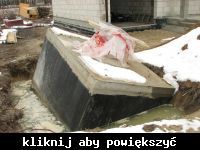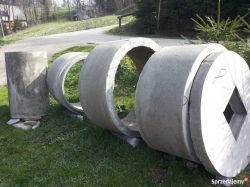Hello,
I purchased a used 2.5m3 plastic tank (it looks like polyester resin). I want to bury it in clay soil so I have to weigh it down for sure. The shape of the tank is similar to a barrel (for vertical mounting) and I thought to manually dig a hole that would be wider than the tank by only a few centimeters on each side. I would pour a concrete slab under the tank and then pour it all over with concrete so that a concrete tank would be created around the plastic tank (not forgetting, of course, the reinforcement). While pouring concrete, I would of course fill the tank with water in parallel to equalize the pressure.
Maybe something I did not take into account? Is this really a good idea? (resin tank completely filled with concrete)
The tank is not new and I assume that as the resin ages, I could dry the tank every few years and put another layer of laminate on the inside to extend its life.
Constructive criticism greatly appreciated. Thank you in advance.
I purchased a used 2.5m3 plastic tank (it looks like polyester resin). I want to bury it in clay soil so I have to weigh it down for sure. The shape of the tank is similar to a barrel (for vertical mounting) and I thought to manually dig a hole that would be wider than the tank by only a few centimeters on each side. I would pour a concrete slab under the tank and then pour it all over with concrete so that a concrete tank would be created around the plastic tank (not forgetting, of course, the reinforcement). While pouring concrete, I would of course fill the tank with water in parallel to equalize the pressure.
Maybe something I did not take into account? Is this really a good idea? (resin tank completely filled with concrete)
The tank is not new and I assume that as the resin ages, I could dry the tank every few years and put another layer of laminate on the inside to extend its life.
Constructive criticism greatly appreciated. Thank you in advance.




